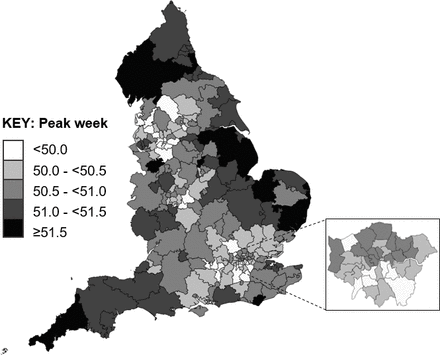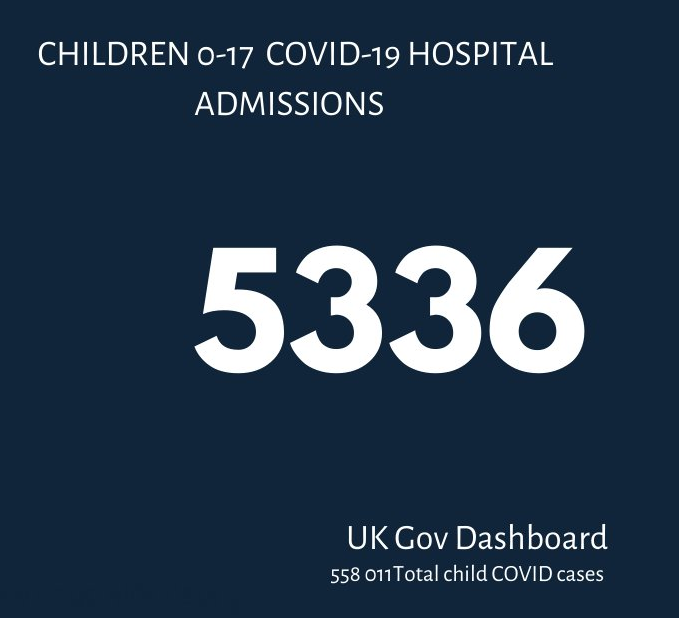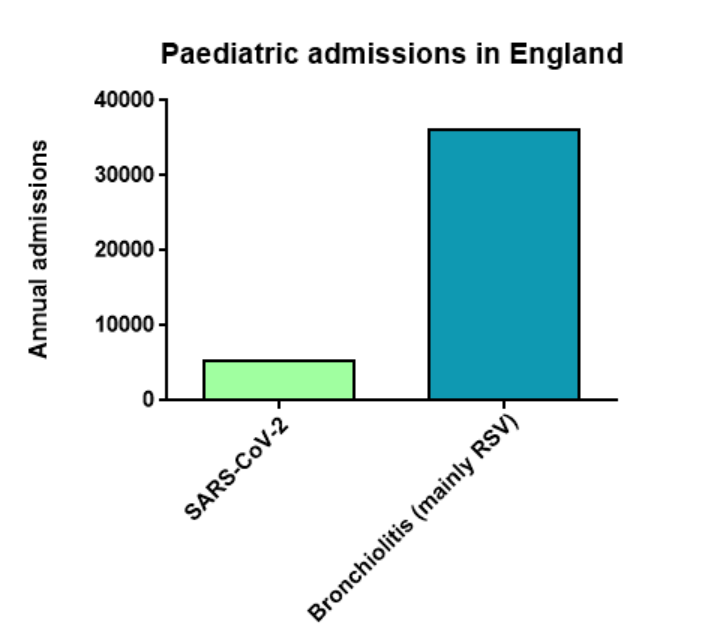
my article on childhood viral respiratory diseases is now out @RoyalSocBio rsb.org.uk/biologist-feat… (delighted to be sandwiched in between a piece on oxylipins and another on latent lepidopterans)🧵 

I highlight the increasing burden of childhood viral respiratory disease on hospital services edinburghlive.co.uk/news/edinburgh…
how this demand evaporated during the first lockdown, and what this has taught us about how these viruses spread adc.bmj.com/content/106/9/… 

and the longer term consequences of lockdowns on seasonal patterns of childhood disease #BronchStart @PERUKItweep microreact.org/project/cTkH24… 

I look at why lockdown wasn't associated with a decrease in childhood deaths, despite a fall in infections 

with RSV vaccines on the horizon, and a massive research infrastructure in place for SARS-CoV-2 eurosurveillance.org/content/10.280…
we should leverage this once/if we ever work out how to live with COVID-19
we should leverage this once/if we ever work out how to live with COVID-19
and work out how to make the two current most common diagnoses of infancy and early childhood, bronchiolitis and viral wheeze, diseases of the past
polioeradication.org/polio-today/hi… (END)
polioeradication.org/polio-today/hi… (END)

• • •
Missing some Tweet in this thread? You can try to
force a refresh












